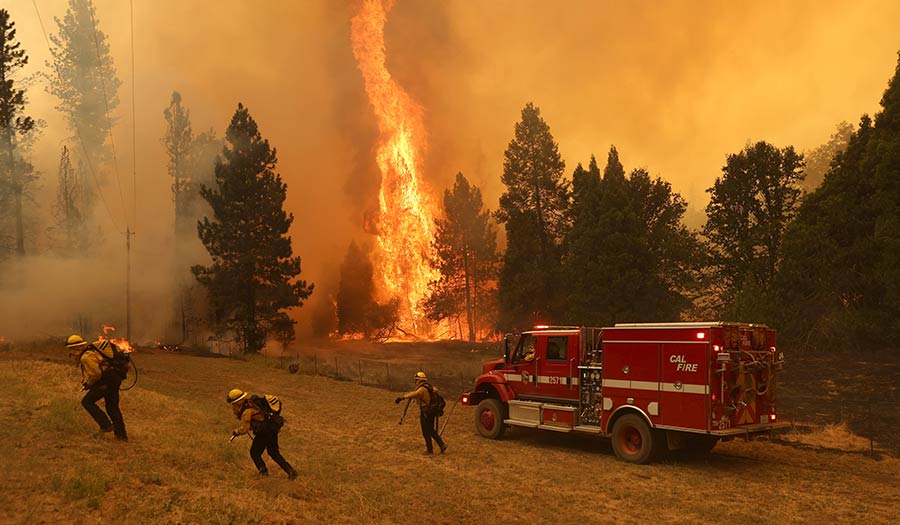 Justin Sullivan/Getty Images
Justin Sullivan/Getty Images
Article
Part 3 in our series about Earth’s population boom analyzes how an uptick in costly weather disasters is affecting a planet straining at its seams.
 Justin Sullivan/Getty Images
Cal Fire firefighters battle the Oak Fire near Mariposa, California (July 23, 2022). The fast-moving Oak Fire that burned outside of Yosemite National Park forced evacuations, charred over 11,500 acres and destroyed a number of homes.
Justin Sullivan/Getty Images
Cal Fire firefighters battle the Oak Fire near Mariposa, California (July 23, 2022). The fast-moving Oak Fire that burned outside of Yosemite National Park forced evacuations, charred over 11,500 acres and destroyed a number of homes.
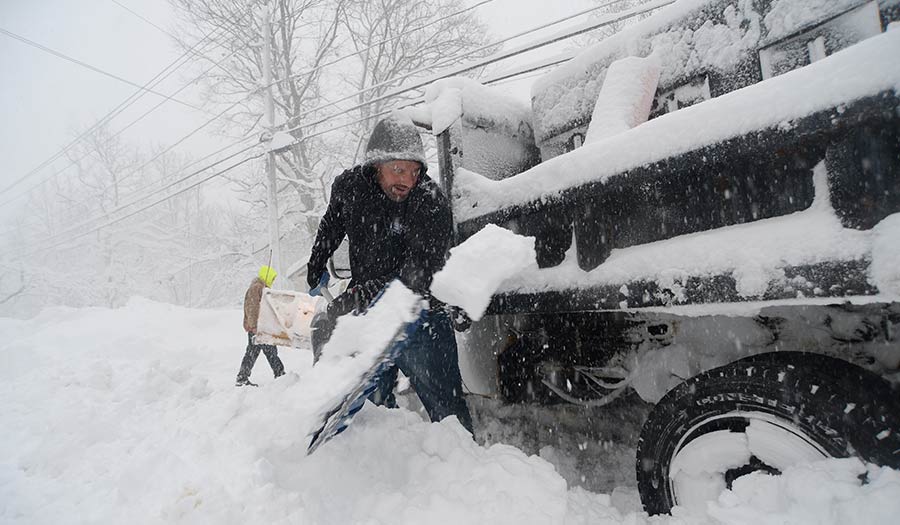 John Normile/Getty Images
A man helps dig out a plow after an intense lake-effect snowstorm hit Hamburg, New York (Nov. 18, 2022).
John Normile/Getty Images
A man helps dig out a plow after an intense lake-effect snowstorm hit Hamburg, New York (Nov. 18, 2022).
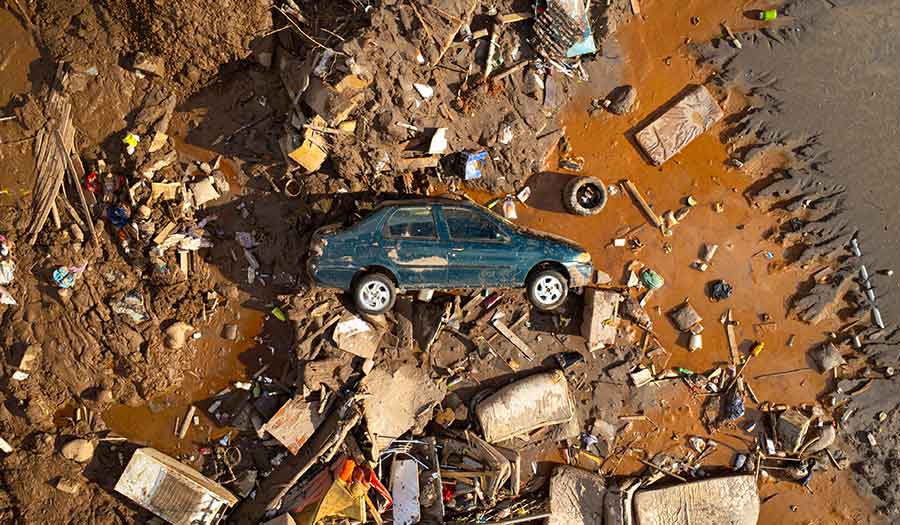 Pedro Vilela/Getty Images
An aerial view of cars and rubble after the Rio das Velhas river overflowed in Honorio Bicalho, Brazil (Jan. 12, 2022).
Pedro Vilela/Getty Images
An aerial view of cars and rubble after the Rio das Velhas river overflowed in Honorio Bicalho, Brazil (Jan. 12, 2022).
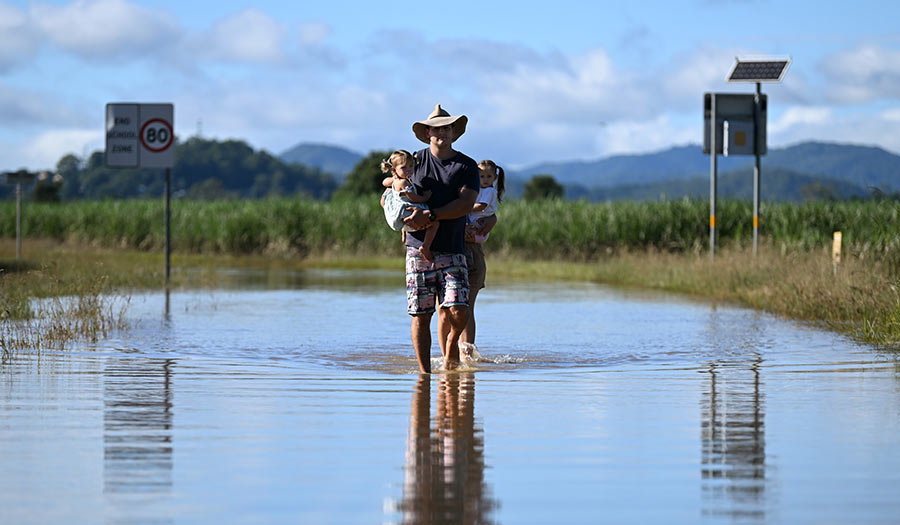 Dan Peled/Getty Images
A man and his children inspect a flooded road near their home in Dungay, Australia (March 2, 2022).
Dan Peled/Getty Images
A man and his children inspect a flooded road near their home in Dungay, Australia (March 2, 2022).
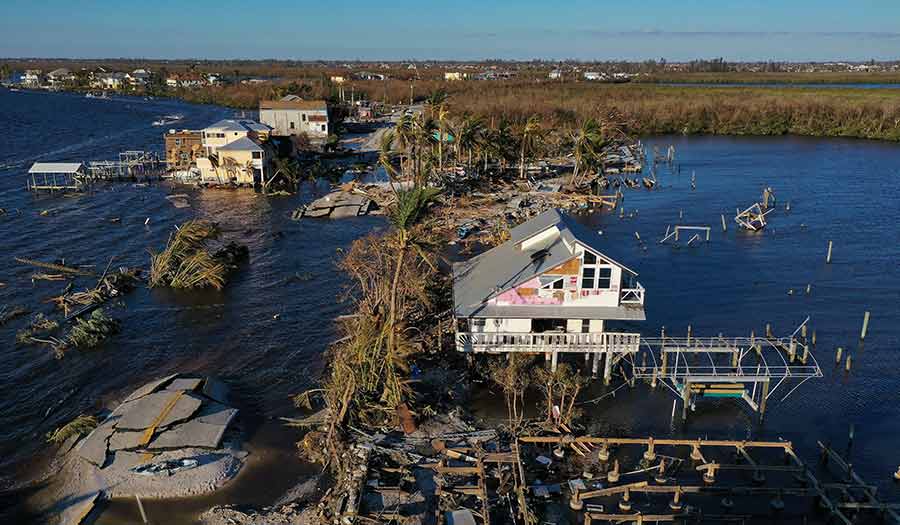 Win McNamee/Getty Images
Wreckage left in Hurricane Ian’s wake is shown on the island of Matlacha in Florida (Sept. 30, 2022).
Win McNamee/Getty Images
Wreckage left in Hurricane Ian’s wake is shown on the island of Matlacha in Florida (Sept. 30, 2022).
A horrific flood submerged one-third of Pakistan—one of the costliest U.S. hurricanes on record made landfall—devastating droughts impacted Europe, China and Africa—and deadly heat waves hit all over the globe. These are only a few of the extreme weather events the planet experienced over the past 12 months.
“A disaster-weary globe will be hit harder in the coming years by even more catastrophes colliding in an interconnected world,” The Associated Press stated, citing a United Nations report.
“If current trends continue the world will go from around 400 disasters per year in 2015 to an onslaught of about 560 catastrophes a year by 2030, the scientific report by the UN Office for Disaster Risk Reduction said. By comparison from 1970 to 2000, the world suffered just 90 to 100 medium to large scale disasters a year, the report said.”
Currently, about 90 percent of disaster spending is on emergency relief—only 6 percent goes to reconstruction and 4 percent on reconstruction, UNDRR Director Mami Mizutori told AP in an interview.
Instead of preparing for and preventing the next weather tragedy, the world is constantly reacting to the next big disaster—while still reeling from the last. And the economic costs are piling up.
While insurance and catastrophe giant Swiss Re reported that global disaster damages are down from 2021—$268 billion last year, $300 billion this year—the overall trend is upward.
The number of U.S. weather disasters that caused at least $1 billion in damage was at 15 through October, down from 22 and 20 in the last two years, according to the National Oceanic and Atmospheric Administration. Because of Hurricane Ian, however, overall damage amounts are likely going to end up among the top three in American history.
“We’ve almost gotten used to extremes. And this year compared to many years in the past would be considered a pretty intense year, but compared to maybe the most extreme years, like a 2017, 2020 and 2021, it does look like...a slight adjustment down,” said NOAA applied meteorologist and economist Adam Smith, who calculates billion-dollar disasters for the agency. “We’re just getting used to it but that’s not a good way to move into the future.”
Wildfires in the United States were not as costly this year as the last couple years, but the Western drought was more damaging than previous years, he added. America’s billion-dollar disasters in 2022 hit nearly every possible category: hurricanes, floods, droughts, wildfires, heat waves, hailstorms and even a derecho.
Mr. Smith said NOAA has not finished calculating the damages from Hurricane Ian yet, but there is a good chance it will have more than $100 billion in damage, pushing past 2012’s Superstorm Sandy that swamped New York and New Jersey, ranking only behind 2005’s Katrina and 2017’s Harvey for damaging hurricanes.
In the 1980s, the United States would average a billion-dollar weather disaster every 82 days. Now it’s every 18 days, Mr. Smith said. That cannot be attributed to inflation because damages are adjusted to factor that out, he added. It is nastier weather and more development, people and buildings in harm’s way, he stated.
Globally, “if you zoom in the last six years, 2017 to 2022, this has been particularly bad,” especially compared to the five years before, said Martin Bertogg, Swiss Re’s head of catastrophic peril.
Looking at damages, which are mostly insured losses, can give a skewed picture because how much a disaster costs depends greatly on the wealth of the area affected, less so than the scale of the disaster itself, said Debarati Guha-Sapir, who runs the Centre for Research on the Epidemiology of Disasters at the Catholic University of Louvain in Belgium.
More important, these figures are about dollars, not people, and that distorts the true picture, said Guha-Sapir and University of Washington health and climate professor Kristie Ebi.
Adverse weather conditions are experienced all over the globe. The Pakistan flood, which submerged one-third of a country that is bigger than Texas, was not the only thing that hit that developing country.
“What is insured is a small fraction of total infrastructure and the people killed in Pakistan,” which lowers the damage amount despite 1,700 people killed, Ms. Ebi said.
“Pakistan just couldn’t catch a break this year. A January snowstorm killed 23 followed by a lethal spring heatwave, then devastating floods from June to October took over 1,700 lives and untold livelihoods,” said Jennifer Francis, a climate scientist at the Woodwell Climate Research Center in Cape Cod. “Many other surprising, less publicized, and alarming events wreaked havoc on local communities, such as the sudden collapse of the lucrative snow crab fishery in the Bering Sea, rapid demise of European glaciers, inundation of several coastal villages in Alaska by ex-tropical cyclone Merbok.”
Yemen has suffered from droughts, soil erosion and worsening floods. According to the UN agriculture agency, this year’s rainfall was 45 percent higher compared to 2021. This nation illustrates how weather problems compound suffering from other issues.
At least 72 people were killed in flooding this year, and some 74,000 families in 19 of the country’s 22 provinces were affected, with those living in displacement camps bearing the brunt of the deluge. There are 4.3 million people displaced, most made homeless by a raging conflict, according to UN figures.
Fueled by the impact of a longstanding civil war and extreme weather, a third of the population—19 million people—are not able to find sufficient food in 2022, up from 15 million last year. Those include 161,000 living in famine-like conditions, according to the UN food agency.
Also, widespread flooding in Australia after torrential rains in February and March caused an estimated $4 billion in damage in the country’s costliest-ever natural catastrophe. France suffered the most severe series of hailstorms ever observed, with insured losses reaching an estimated $5.2 billion.
Urbanization across the globe puts more people in dense environments, which increases damage when disaster hits, Mr. Bertogg said. Then add urban sprawl that takes those cities and makes them geographically bigger and thus more vulnerable, he said. A good example of that is how wildfires started damaging more homes in California as more homes were built in rural areas, he said.
Plus more construction is being built on the coast and along waterways making them more vulnerable to storms and flooding, with Mr. Bertogg stating that he saw flooding as “the biggest threat for the global economy.”
As always, the poorest nations are the ones hit the hardest.
Markus Enenkel of the Harvard Humanitarian Initiative told AP, “These are the events that can wipe out hard-earned development gains, leading already vulnerable communities or entire regions into a downward spiral.”
The series continues in Part 4: Economic Disparity
This article contains information from Reuters and The Associated Press.
- Real Truth Magazine Articles
- ECONOMY & PERSONAL FINANCE
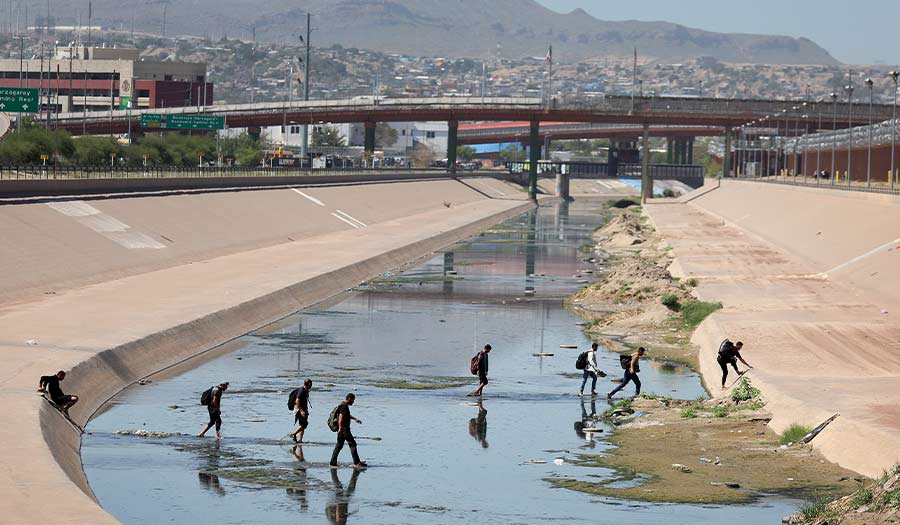 Economic Disparity
Economic Disparity


